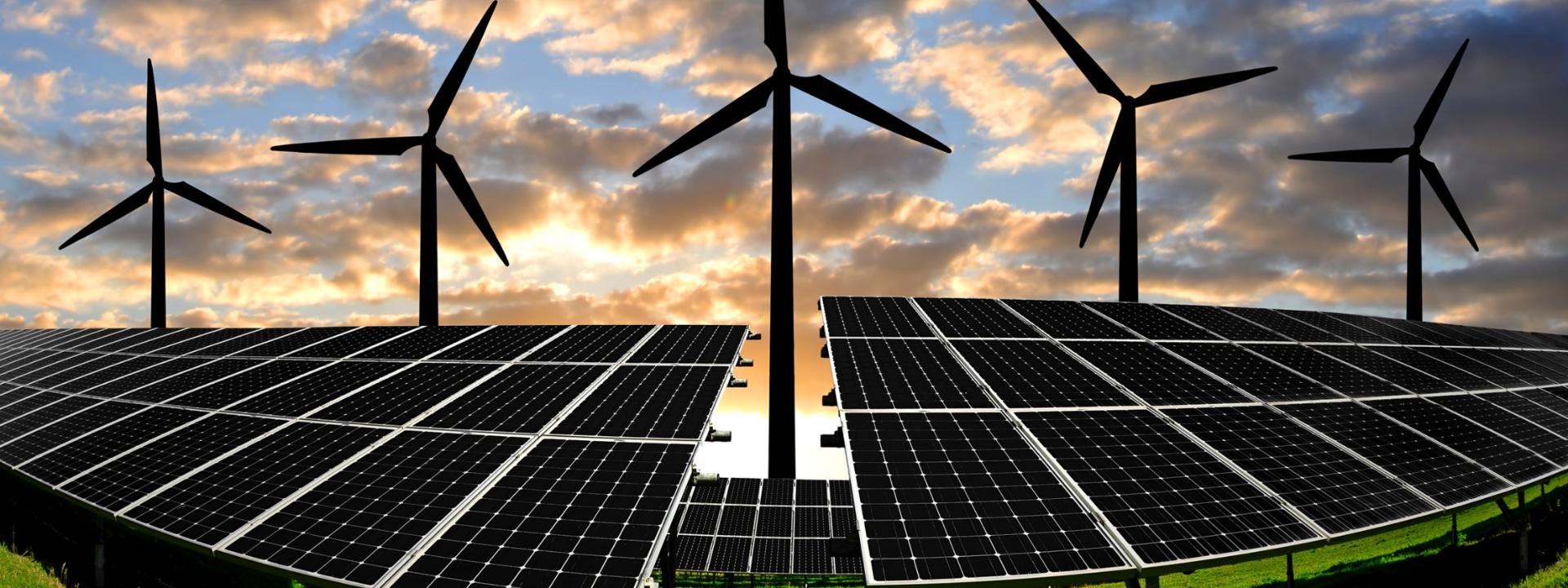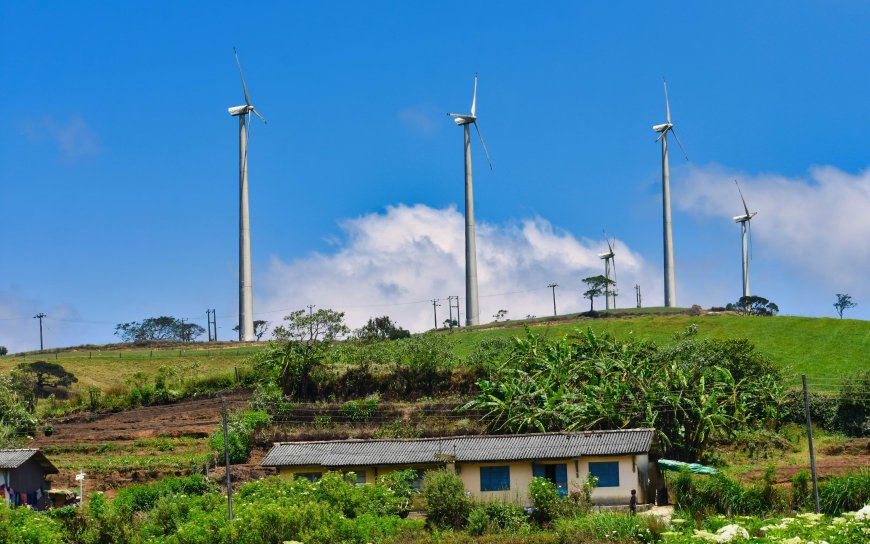Mulilo Energy Holdings has finalised a landmark corporate financing package with Standard Bank: an Equity HoldCo facility sized at ZAR 7 billion (about USD 398 million). The deal gives Mulilo immediate access to ZAR 1.1 billion of committed capital and headroom to draw a further ZAR 5.9 billion as the security pool grows. Structured at the holding-company level rather than against individual projects, the facility will act as a backstop for equity commitments and guarantees, enabling Mulilo to accelerate delivery across its renewables and battery storage pipeline.
What the Facility Means
Standard Bank has been appointed sole lender and facility agent. Unlike traditional project loans, the Equity HoldCo facility provides corporate-level funding and credit support for sponsor equity contributions, equity participation, and guarantees. This gives Mulilo flexibility to move quickly from bid-win to financial close across multiple transactions.
The bank’s initial commitment is ZAR 1.1 billion, with an additional ZAR 5.9 billion available as Mulilo grows its pool of secured assets taking total potential availability to ZAR 7 billion. Standard Bank described the deal as a tool to help Mulilo scale, deliver on its pipeline, and contribute to job creation, regional development, and energy security. Mulilo’s CEO welcomed the partnership as validation of the company’s strategy and growth plan.
Why It Matters Now
An Equity HoldCo facility of this size gives a developer choices rarely seen with project-by-project lending. Instead of waiting for each project to reach financial close, Mulilo can mobilise equity into multiple bids and projects, meet guarantee requirements, and bridge timing gaps between bid awards and project finance.
That flexibility is particularly valuable for battery energy storage systems (BESS), merchant or corporate offtake deals, and multi-asset portfolios where timing and counterparty structures vary. Standard Bank explicitly linked the facility to Mulilo’s strategy to deliver a mix of Renewable Energy Independent Power Producer Procurement Programme (REIPPPP) projects, BESS, and private offtake agreements including Mulilo’s recent preferred-bidder awards for large battery projects in the Free State.
Mulilo’s Track Record and Pipeline
Founded in 2008, Mulilo has grown from a developer into a major independent power producer with an expanding portfolio of solar, wind, and storage projects. The company is majority-owned by Copenhagen Infrastructure Partners (CIP), one of the world’s largest renewable energy fund managers.
Currently, Mulilo reports operating about 420 MW of wind and solar, 667 MW under construction, and nearly 1,500 MW approaching financial close. Over the next few years, the company targets multi-gigawatt delivery, particularly in utility-scale renewables and large-scale BESS.
That operational footprint and development pipeline make Mulilo an attractive candidate for a corporate facility: lenders can look beyond a single project’s risks to a sponsor with recurring revenue streams, contract diversity, and development scale.
Storage and Private Generation Priorities
South Africa’s power system is undergoing transition. While Eskom has recently reported improved performance and reduced load-shedding, the grid still faces serious challenges. Flexible capacity and distributed solutions are key to stabilising supply.
Battery storage and privately contracted generation are essential to this shift. Storage smooths the intermittency of wind and solar while providing peak-time relief. Corporate power purchase agreements (PPAs) and independent projects are becoming increasingly vital, reducing reliance on Eskom’s centralised model. Mulilo is positioning itself at the heart of this transformation.
Implications for Projects and Markets
1. Faster Bid-to-Build Cycles
With the Equity HoldCo line, Mulilo can make equity calls and provide guarantees required in tender documents without arranging separate bridge financing for each project. This shortens the time from preferred-bidder selection to financial close, accelerating the rollout of renewable capacity.
2. Stronger Leverage into Storage and Merchant Markets
BESS projects and merchant or corporate offtakes often involve different contracting structures than traditional fixed-PPA renewables. A corporate facility gives Mulilo the financial headroom to invest in these markets and structure deals that match evolving demand.
3. Market Confidence and Signal Effect
The facility signals confidence from one of Africa’s largest banks in both Mulilo and the broader renewable sector. Such corporate-level instruments are rare in South Africa, but their adoption could set a precedent for other developers and investors.
Risks and Watchpoints
While the facility is a powerful enabler, it is not without risks. Execution challenges such as permitting, grid connection delays, and construction timelines could affect project rollout. Merchant price volatility, particularly for projects outside fixed PPAs, introduces revenue uncertainty. Macroeconomic pressures such as currency fluctuations and interest rate shifts may also impact returns.
Success will depend on Mulilo’s ability to turn its preferred-bidder awards and development backlog into operational projects with reliable cash flows. Investors and analysts will be watching closely over the next 12–18 months to see if Mulilo maintains financial discipline while scaling rapidly.
Also read: How Ethiopia’s Grand Nile Dam Is Reshaping Africa’s Energy and Water Future
Frequently Asked Questions (FAQs)
1. What is an Equity HoldCo facility?
An Equity HoldCo facility is a corporate-level financing tool that provides funding and credit support to a company rather than to individual projects. It allows the sponsor to mobilise equity across multiple projects, provide guarantees, and accelerate financial close.
2. Why is Mulilo’s ZAR 7 billion facility important?
This is one of the largest corporate-level renewable financing packages in South Africa. It allows Mulilo to rapidly scale its renewables and battery storage pipeline without being restricted to project-by-project financing, helping to speed up delivery of new clean energy capacity.
3. How much of the facility is immediately available?
Standard Bank has committed ZAR 1.1 billion upfront, with up to ZAR 5.9 billion more available as Mulilo expands its secured asset base.
4. What kinds of projects will benefit from this financing?
The facility will support utility-scale solar, wind, and battery energy storage systems (BESS), as well as projects under the Renewable Energy Independent Power Producer Procurement Programme (REIPPPP) and corporate power purchase agreements.
5. Who owns Mulilo?
Mulilo is majority-owned by Copenhagen Infrastructure Partners (CIP), one of the world’s largest renewable energy fund managers, with a growing global portfolio in wind, solar, and energy storage.
6. How does this facility affect South Africa’s energy transition?
The facility enables faster rollout of renewable and storage projects, strengthens private generation markets, and sets a precedent for corporate-level financing that could encourage other developers and investors to follow.
7. What are the risks associated with this financing?
Key risks include project delays, grid connection challenges, price volatility in merchant projects, and broader macroeconomic pressures such as currency or interest rate fluctuations.
8. What does this mean for load-shedding in South Africa?
While not an immediate solution, the facility accelerates the development of renewable and storage projects, which can add capacity, improve grid stability, and reduce dependence on Eskom’s stressed generation fleet ultimately helping to curb load-shedding.



